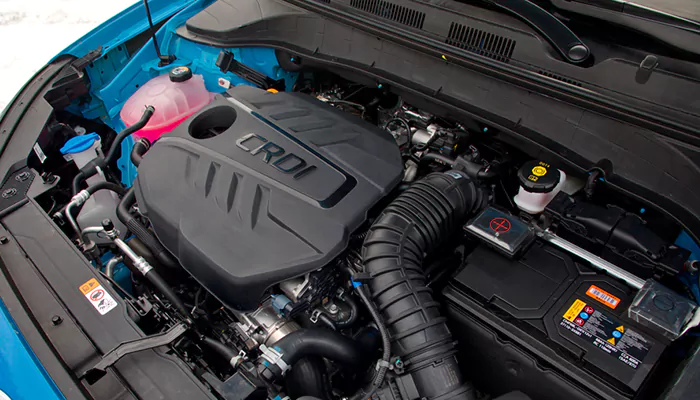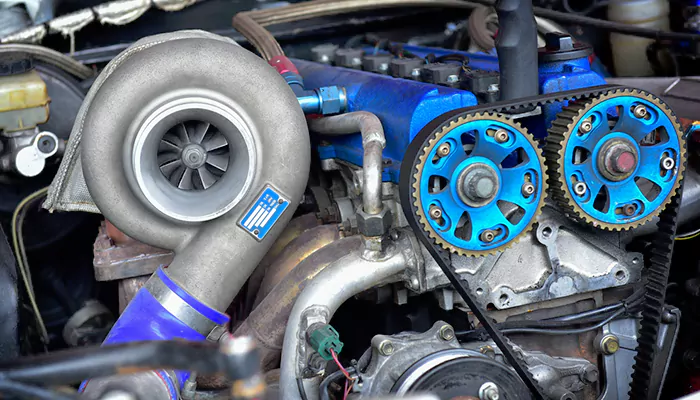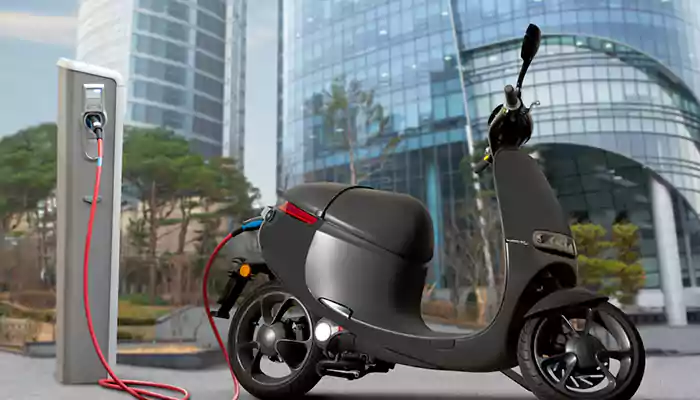Let’s check your automation knowledge: Explore different types of automotive engines
- Admin
- 1 year ago
- 4 minutes read

The engine is an automobile’s ‘heart’. An engine turns the thermal energy produced by the combustion of fuel into mechanical energy.
When you start your car, you must use the car keys to start the ignition. Most automobile owners and drivers do this without thinking. However, you may have questioned how this process affects your car's engine and helps it function. So let us break down the procedure for you! Simply continue reading to understand more about how your car's engine works and the various engine options available.
Naturally aspirating motor
An internal combustion engine propels a motor with natural aspiration, commonly known as a normally aspirated engine or NA. The amount of air fed into this sort of engine depends on the ambient pressure. This sort of automotive engine does not require air induction into the intake manifolds. It produces less power than forced air induction (turbo/supercharged) engines. The engine design is simpler and more reliable than forced air induction engines. The engine design is simpler and more reliable than forced air induction engines.
CRDI Engines
It is a Common Rail Direct Injection diesel engine. Modern diesel engines employ a fuel injection technology called CRDI. It features a single common rail that supplies duel to each fuel injector (line). CRDi engines maintain constant fuel injection pressure since they employ a common rail. Because of the steady pressure, the petrol spray spreads evenly and is extremely fine. It helps to increase power and efficacy. The ECU regulates the fuel injection pressure based on the engine’s speed and load.

Turbocharged engine
Turbocharged engines use an internal combustion engine with forced air induction. A turbocharger is a separate component that provides forced air induction. This engine consists of an air compressor and a turbine mounted on opposing ends of a shaft. The components are enclosed in an inlet port with a snail-shaped cover. The input port permits high-pressure waste exhaust gases to enter. The exhaust gases that pass through the turbine cause the compressor to rotate. The air compressor draws in additional compressed air, which is then expelled through the air outlet port. An intercooler cools the air that flows into the cylinders. The engine produces more power because the pressure is higher than that of the surrounding atmosphere.

Motorised PFI
The term "multi-point fuel injection engine" refers to a specific type of petrol engine. MPFI is a fuel injection system used in petrol engines that is comparable to CRDIi technology seen in diesel engines. The MPFI system uses petrol injectors to correctly provide fuel to each cylinder. The MPFI uses the correct fuel distribution system, which improves fuel economy and reduces carbon emissions. The MPFI increases the engine’s output to a larger degree. This is why MPFI engines start effortlessly, even in somewhat low temperatures. Did you also know that the type of engine in your vehicle affects your car insurance cost? With this knowledge, you can decide which car to buy. And, once you have purchased your preferred vehicle, you may acquire appropriate four-wheeler insurance to protect it from a variety of natural and human damages, as well as third-party and unintentional damage. If you purchase a comprehensive car insurance policy from Tata AIG, you may add an Engine Secure add-on cover to protect your engine from damage. This may be required to safeguard your engine from damage caused by waterlogging, accidents etc.
So, always be careful with the 'heart' of the automobile. Any malfunction or damage to the engine can have a significant impact on not only the power but also the mileage of your vehicle.












